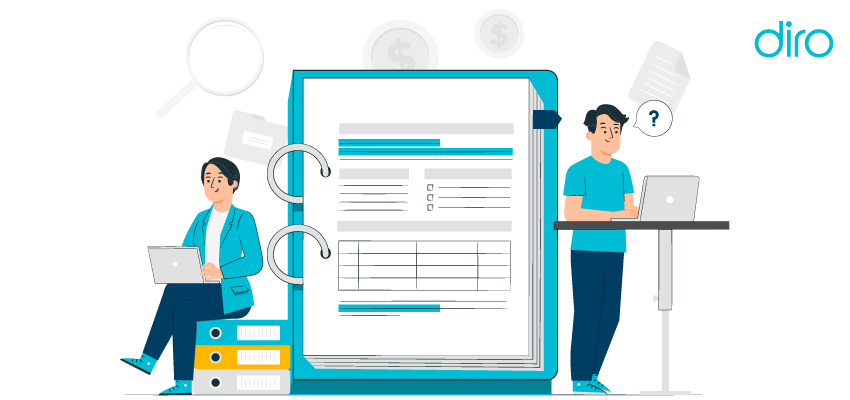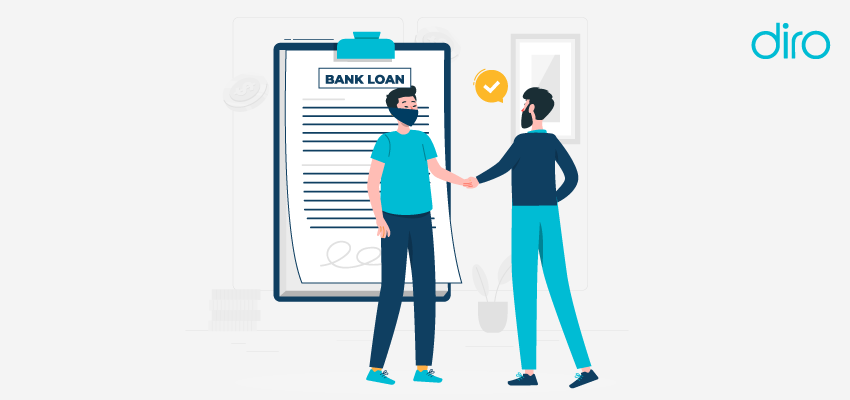Financial API Integration

Over the last decade, a new financial landscape has come into existence using APIs. This ecosystem is interconnected, and open, and leads to building an array of new financial services that offer people more freedom to handle their finances. In this guide, we’ll walk you through what financial API integrations are and how they work. Also, how financial API integrations help both businesses and consumers.
Understanding Financial API Integrations
Application programming interfaces (APIs) are a set of tools and protocols that allow software programs to communicate with each other. API integration helps in connecting two or more applications together and allows for seamless exchange of data.
Financial APIs are most often made to integrate a bank’s and financial institution’s core banking platform with third-party data networks and applications. This allows for safe and secure consumer-consented third-party access to essential account information such as account and routing numbers, balances, and transactional history. These financial API integrations allow these trusted third parties, be it FinTechs, mortgage, and auto lenders, or any other financial institutions, to build data-driven financial solutions.
How does Financial API Integration Work?
Based on how they’re used, financial API integrations can serve several roles, such as:
1. Partner API (One-to-One)
When financial API integrations are built directly to work between a financial institution and a financial app or service they’re known as partner APIs. These types of APIs are built when a financial institution uses a third-party vendor that builds a FinTech solution for them. These solutions are perfect for customers of a single institution, instead of being available to the general public.
2. Open API (Many-to-Many)
Open banking APIs are usually built by data networks, rather than by financial institutions or by a third-party vendor. By building API integrations with several financial institutions, the data network creates an open API that can connect several financial institutions for many FinTechs and services.
In this situation, a FinTech app wants to allow customers from several financial institutions to connect their accounts to the app. The work of building API connections to each financial institution is carried out by a data network.
The term Open Finance comes from open banking APIs. In the open finance ecosystem, consumers have complete control over their financial data, and by letting third-party access consumer data, consumers can gain access to personalized services.
Types of API Integrations
There’s no limit on the type of APIs and the role they serve for businesses and consumers. Below, we have mentioned some of the most useful APIs that have been changing the financial landscape:
1. Account Verification
Account takeover fraud has become a common instance in recent times. Financial institutions have no way to verify if a consumer who’s trying to access a new FinTech app or service is legit or not. The new account that’s being created needs to be verified. This is the first step toward funding a new account on a trading app or connecting a bank account to a P2P payments platform.
The account verification process then verifies if the person using the account actually owns the account. This is crucial for preventing account takeover fraud. DIRO’s bank account verification fraud helps banks and FinTechs in verifying if an account is being used by the legit owner or not.
2. Balance
Once consumers authenticate their accounts, they can grant permission to different types of account data to digital financial tools that they want to use. One of these data is the account balance, by verifying a user has enough funds in their account, FinTechs can prevent users from going into a loss by making a transaction over their account balance.
Balance-checking APIs also offer pre-funding, and if a new customer wants to add money to the FinTech app, the API will check if the person has enough balance in your account to handle the cost. Thus saving the consumer from the risk of non-sufficient fees.
3. Transactions
A transaction API allows a bank, financial institution, or FinTechs to access a customer’s transaction data going from the past couple of months and years. This crucial data is vital for making personalized financial services possible.
4. Account Aggregation
Most consumers have several accounts for checking, savings, loans, investments, credit cards, and more. It can get hard for users to manage all this data, so account aggregation APIs create a dashboard for users to manage their data in one place.
Let’s say someone wants to access their entire investment portfolio in one place and show changes made in real-time. API integration between their investment accounts and a FinTech app could offer a solution.
An API integration that can automatically connect all the information and share it with the lender during the application process can greatly reduce manual efforts.
Benefits of API Integrations
Financial API integrations make it possible to fill the gaps left by basic banking services. This leaves room for private companies to create personalized financial services with ease. These services help in making several processes faster, more efficient, and more secure for consumers.
The benefits of financial APIs can be broken down into 4 groups such as:
- Financial institutions
- FinTech companies
- Consumers
- Non-financial businesses
Need for a Connected Ecosystem
Financial APIs are becoming more and more essential for financial institutions, FinTechs, and consumers. Financial APIs allow for new possibilities that financial institutions and FinTech apps alone couldn’t provide.












